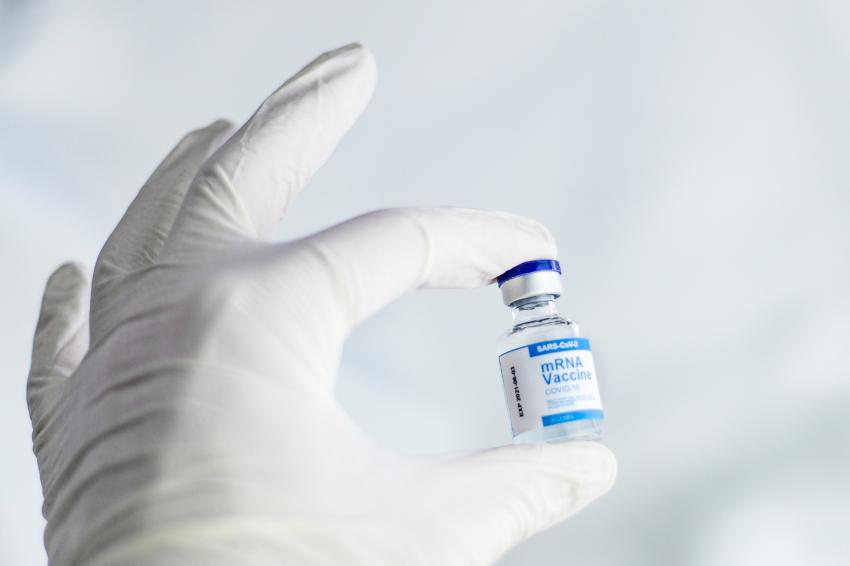Catalent may Take up the Slack for AstraZeneca in US
AstraZeneca confirmed the talks to the Times, but declined to provide further details. An unidentified US official, however, told the newspaper that the government is renegotiating the Anglo-Swedish drugmaker’s contract in order to facilitate a production switch. A retrofitted line at Catalent in Harmans, Maryland, could turn out 25-35 million doses per month, the official said, similar to the volume Emergent was expected to produce.
Catalent already makes drug substance for AstraZeneca at Harmans, south of Baltimore, in the same state where Emergent’s plants are located. It also handles fill & finish for AZ’s vaccine at a former Bristol Myers Squibb plant in Anagni, Italy.
Following a mix-up in doses at Emergent’s Baltimore plant, where the AstraZeneca and Johnson & Johnson shots were being made simultaneously, the government handed control of the facility to Johnson & Johnson and told AstraZeneca to find another partner, subsequently ordering it shut. Reports last week said the Emergent plant was due to be cleared imminently and produce exclusively for J&J.
AstraZeneca’s contract with BARDA calls for it to supply 300 million doses. Up to now, it has not yet applied for an emergency use authorization (EUA). Nor has the US Food and Drug Administration given any indication as to whether it is satisfied with the company’s revised efficacy statement.
US reveals priorities for Covid vaccine exports
The US already has more than enough Covid vaccine on hand to inoculate its entire population, and doses in store are lengthening as a larger than anticipated share of the population is reluctant to roll up its sleeves. Rewards for taking the shot currently being offered even include firearms.
Washington has already shipped unneeded AstraZeneca doses to Mexico and Canada, and the administration of President Joe Biden said in April that it would share 60 million doses with poorer countries, later pledging 20 million more doses.
On Jun. 3, the White House outlined its framework for sharing the 80 million promised doses. According to this, 75% would be routed through the World Health Organization’s COVAX program to countries most at risk. Here, the government will prioritize Latin America and the Caribbean, South and Southeast Asia and Africa, in coordination with the African Union. The remaining 25% of the currently planned donations will go directly to neighboring countries such as Canada and Mexico.
Author: Dede Williams, Freelance Journalist





